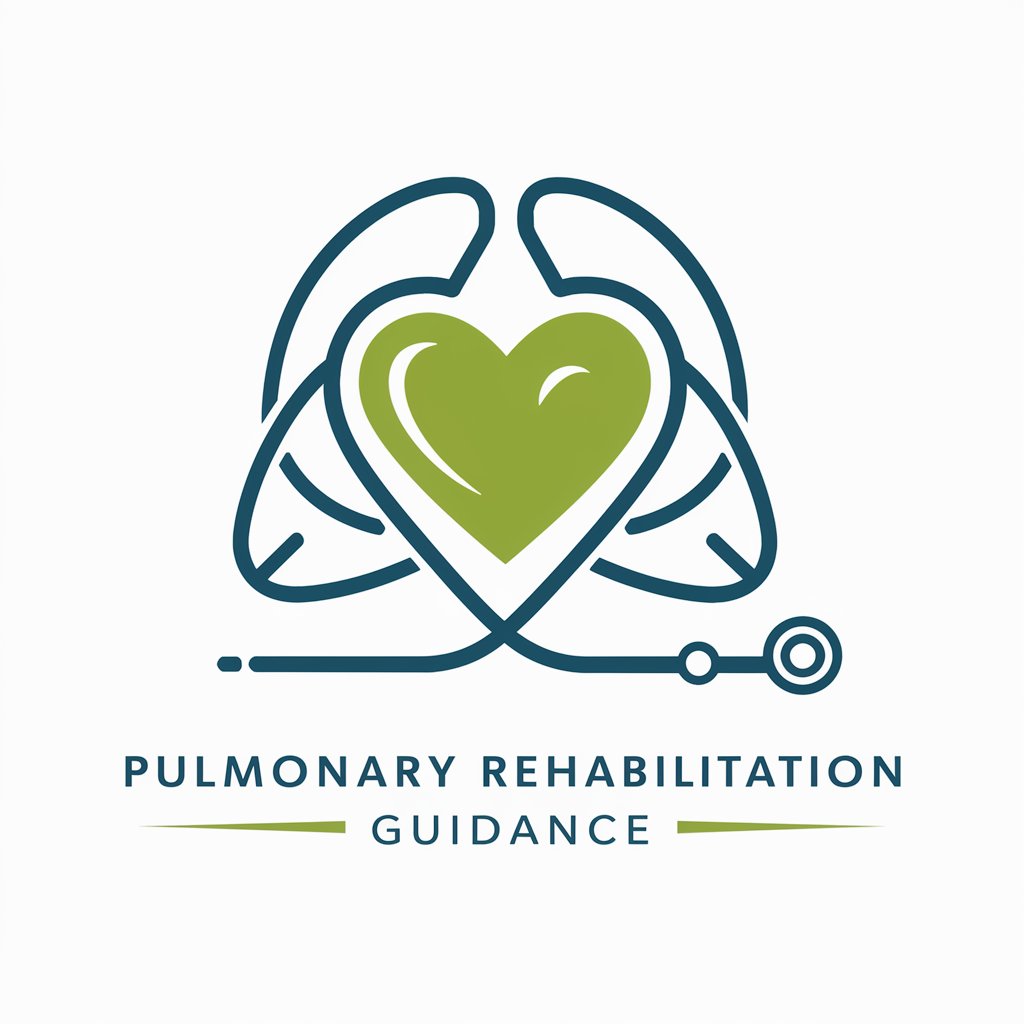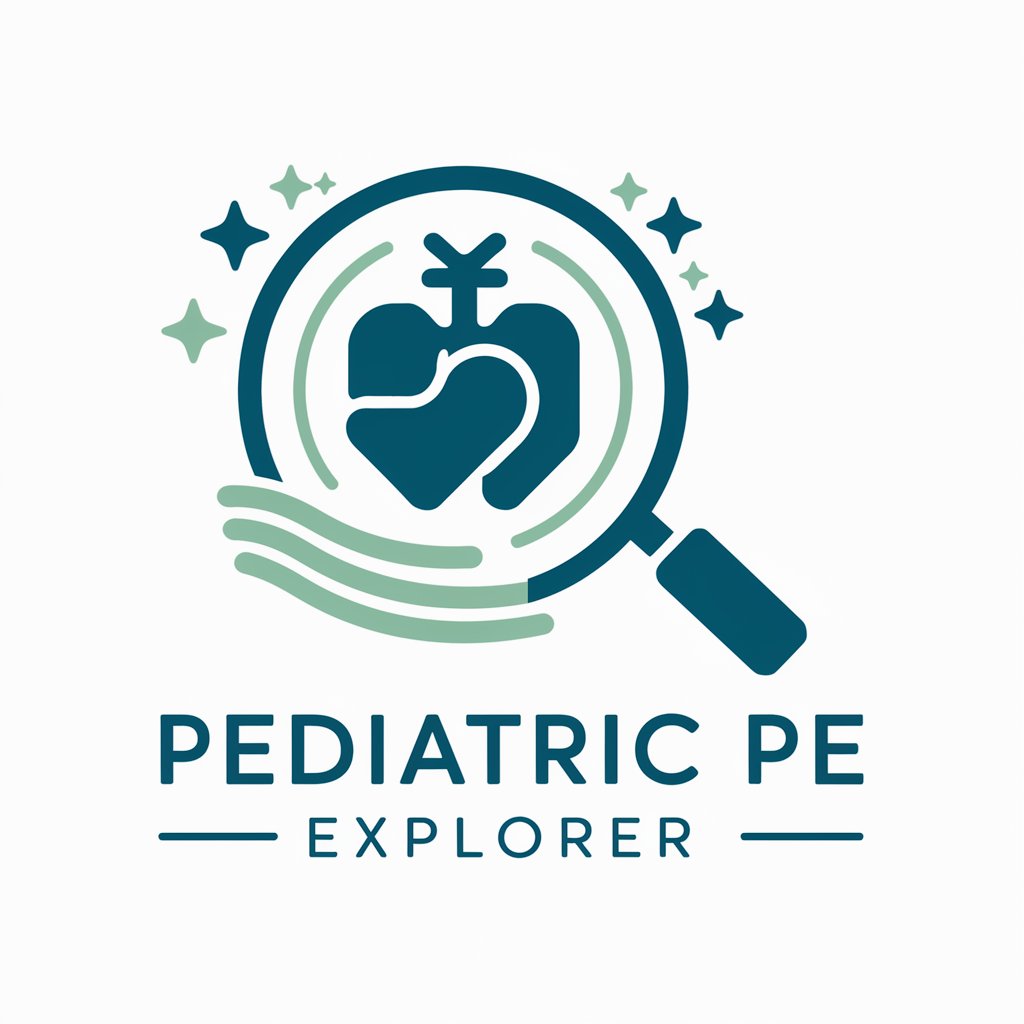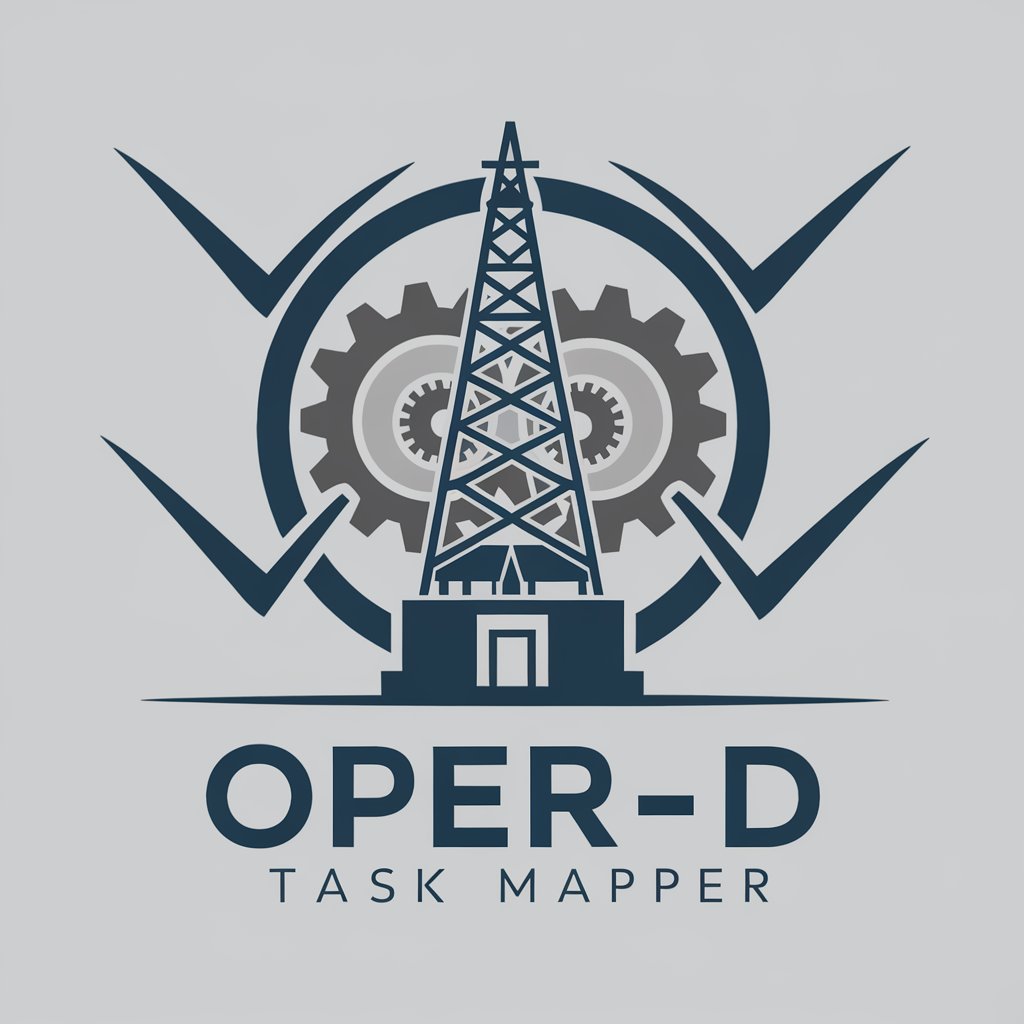Pulmonary Rehabilitation Guidance - AI-powered Pulmonary Support

Welcome! How can I assist you with pulmonary rehabilitation today?
Empowering pulmonary care with AI
Create a personalized exercise plan for a patient with COPD that includes both aerobic and strength training exercises.
Describe the benefits of a high-fiber, low-sodium diet for someone undergoing pulmonary rehabilitation.
Explain the importance of mental health support for patients with chronic lung diseases and provide some practical tips.
Discuss the legal and ethical considerations in pulmonary rehabilitation, focusing on patient confidentiality and informed consent.
Get Embed Code
Overview of Pulmonary Rehabilitation Guidance
Pulmonary Rehabilitation Guidance is designed to support patients, healthcare professionals, and other stakeholders involved in pulmonary rehabilitation. It aims to facilitate the management of chronic pulmonary conditions through the provision of up-to-date medical information, personalized health advice, and tools for effective communication and collaboration among care teams. For example, it can help a patient with chronic obstructive pulmonary disease (COPD) understand and manage their condition by providing tailored exercise programs and dietary recommendations. It also assists healthcare providers by offering guidelines for treatment protocols and emergency responses. Powered by ChatGPT-4o。

Key Functions and Real-World Applications
Medical Information Dissemination
Example
Updating healthcare professionals about the latest treatments for asthma.
Scenario
A respiratory therapist uses the guidance to stay informed about new inhaler technologies and shares this information during patient consultations.
Exercise and Dietary Planning
Example
Creating a low-impact exercise plan for a COPD patient.
Scenario
A physiotherapist designs a rehabilitation program using the guidance to ensure the exercises are safe and effective for the patient's specific condition, enhancing recovery and quality of life.
Mental Health Support
Example
Providing coping strategies for patients dealing with the psychological impacts of living with a chronic lung disease.
Scenario
A counselor at a pulmonary rehabilitation center utilizes the guidance to help a patient with cystic fibrosis develop resilience and maintain mental well-being through tailored therapeutic activities.
Collaboration Facilitation
Example
Enabling better communication and teamwork among multidisciplinary healthcare teams.
Scenario
A team of healthcare providers, including nurses, doctors, and therapists, uses the guidance to coordinate care for a patient with severe pulmonary fibrosis, ensuring consistent and comprehensive treatment planning.
Target User Groups for Pulmonary Rehabilitation Guidance
Patients with Chronic Pulmonary Conditions
These individuals benefit from tailored advice on managing their condition, personalized rehabilitation plans, and educational resources to understand their health better.
Healthcare Professionals
Doctors, nurses, respiratory therapists, and other medical staff use the service to access up-to-date clinical data, treatment guidelines, and support for patient education, which enhances care quality.
Rehabilitation Centers
Facilities specializing in pulmonary care use the guidance to design comprehensive care programs, train staff, and improve patient outcomes through integrated health strategies.
Family Members and Caregivers
These users gain insights into how best to support their loved ones, understand the medical processes involved, and learn techniques for emergency response and daily care.

How to Use Pulmonary Rehabilitation Guidance
Step 1
Go to yeschat.ai to start a free trial immediately, no signup or premium subscription required.
Step 2
Identify your needs by evaluating whether you're seeking advice for patients, healthcare professionals, or for educational purposes.
Step 3
Explore available features like exercise plans, dietary advice, mental health support, and legal guidelines specific to pulmonary health.
Step 4
Engage with the tool by asking specific questions or describing scenarios for customized guidance.
Step 5
Utilize multilingual support if needed to cater to diverse populations or patient needs.
Try other advanced and practical GPTs
Personal Proof Reader Patty
Elevate Your Writing with AI

Party Girl Patty
Revolutionize Your Party Experience

SEO article / content writer - AI Bot Patty
Crafting tailored SEO content with AI

Chatty Patty
Master English with AI-powered guidance.

Holy Prayers
Crafting Prayers with AI Precision

Shepherd's Guidance
Empowering Faith with AI Wisdom

Pediatric PE Explorer
Unveiling Pediatric PE Insights with AI

Cooking Hacks
Culinary Creativity, AI-Powered

LNP GPT
Powering lipid nanoparticle innovation with AI

LA Lakers Fan Artist
Craft Your Lakers Legacy, AI-Enhanced

Hoops Companion
Stay ahead in the game with AI-driven NBA insights.

OPER-D
Empowering Competency with AI

Frequently Asked Questions about Pulmonary Rehabilitation Guidance
What exercise regimens does Pulmonary Rehabilitation Guidance recommend for COPD patients?
For COPD patients, tailored exercise plans include aerobic exercises like walking or cycling, strength training for upper and lower limbs, and breathing exercises designed to improve lung function and overall endurance.
How can this tool help in managing diet for pulmonary patients?
It provides dietary recommendations that help manage symptoms and improve health outcomes, such as increasing the intake of anti-inflammatory foods, maintaining a balanced diet rich in vitamins and minerals, and advising on fluid intake to keep airways clear.
Can Pulmonary Rehabilitation Guidance support mental health for chronic lung disease patients?
Yes, it offers strategies and resources for coping with the mental health challenges associated with chronic lung diseases, including stress management techniques, links to support groups, and advice on maintaining a positive mental outlook.
What legal considerations does this tool cover for healthcare providers?
It includes guidance on patient confidentiality, informed consent, and navigating healthcare regulations that impact patient care plans and rehabilitation practices.
How does Pulmonary Rehabilitation Guidance facilitate healthcare team collaboration?
The tool aids in coordinating care by providing a platform for sharing patient progress, treatment plans, and healthcare tips among team members, which promotes a cohesive and informed approach to patient management.
